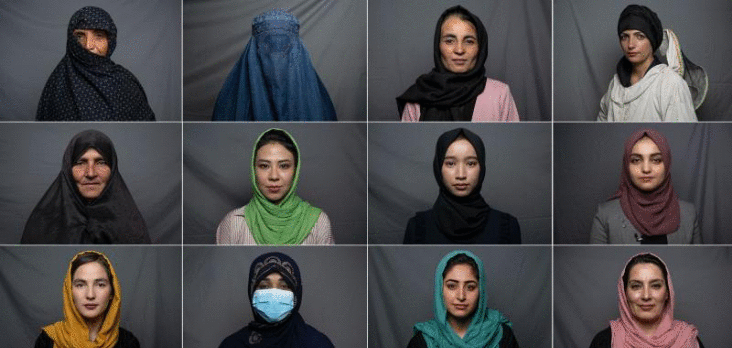The Russian invasion and the displacement of millions of people also have a huge impact on the population structure: there is a risk of a decline of almost a third.
Since Putin’s forces invaded in February 2022, there has been one of the largest population shifts in decades. By mid-last year alone, 5.9 million people—mostly women—had fled Ukraine. But another 5.1 million were displaced within the country. In total, the bloody invasion has uprooted 11 million Ukrainians.
Refugees lead to low birth rates
But that’s not all. According to studies led by the Academy of Sciences (ÖAW) in Vienna, there are also enormous long-term consequences. “The war in Ukraine has probably triggered the largest migration flow in Europe since the expulsion of Germans from many countries after the Second World War,” says Tomáš Sobotka from the OeAW Institute for Demography.
At the same time, the scientist warns of a “lasting negative impact on the population structure and dynamics of Ukraine.” In other words, this refugee movement has dramatically affected the long-term trend of population decline and low birth rates.
Demographer Anna Goujon has calculated the development up to 2052. A long war and low returns are the most pessimistic scenario. Because then the Ukrainian population would shrink by 31 percent.
Share of Ukrainians here: 1.1 percent of the total population
But even in the most optimistic forecast, scientists expect the population to decline by 21 percent if the country recovers quickly. In Austria, the share of Ukrainian citizens in the total population is 1.1 percent.
Source: Krone
I am Wallace Jones, an experienced journalist. I specialize in writing for the world section of Today Times Live. With over a decade of experience, I have developed an eye for detail when it comes to reporting on local and global stories. My passion lies in uncovering the truth through my investigative skills and creating thought-provoking content that resonates with readers worldwide.



